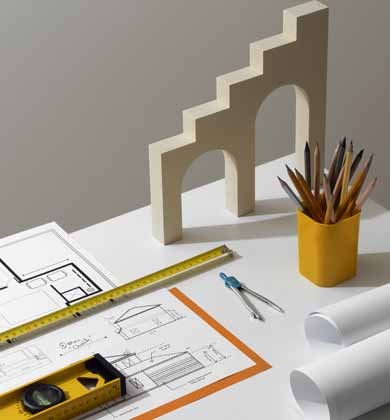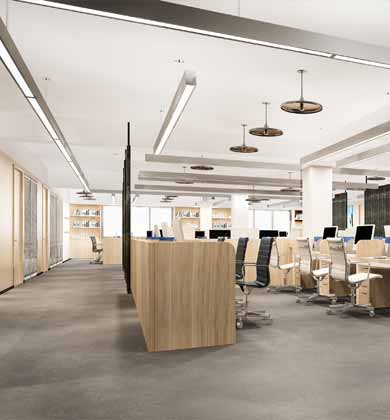since 2010
What Can We Offer

Non-Destructive Testing (NDT)
Non-destructive testing (NDT) methods evaluate the material properties and structural integrity of components without causing any damage.

Foundation Stability Analysis
Foundation stability analysis assesses the ability of a foundation to withstand loads and environmental stresses over time.

Structural Audit and Certification
Structural audit and certification involve the inspection and analysis of a building's structural integrity to ensure it complies with safety standards.

Steel Testing
Steel testing evaluates the strength, ductility, and composition of steel used in construction to ensure safety and compliance.
Post-Construction Stability Testing
Post-construction stability testing ensures the building structure maintains its integrity and safety after the completion of construction.

Damage Assessment and Rehabilitation
Damage assessment and rehabilitation focus on identifying and rectifying structural damage in buildings to restore safety and functionality.

Durability Testing
Durability testing evaluates the resistance of construction materials and structural elements to environmental factors, wear, and tear.

Structural Monitoring Systems
Structural monitoring systems use sensors and technology to continuously assess the performance and health of structures in real time.

Retrofitting and Strengthening Solutions
Retrofitting and strengthening solutions enhance the structural capacity of existing buildings, enabling them to meet modern safety standards.

Load-Bearing Capacity Analysis
Load-bearing capacity analysis determines the maximum load a structure can support without compromising safety or performance.

Structural Integrity Assessments
Structural integrity assessments evaluate the overall health and safety of a building's structure through detailed inspection and testing.

Advanced Testing for Special Concretes for Research Purpose
Advanced testing focuses on innovative concrete mixes for research, including high-performance, lightweight, and self-healing concretes.

